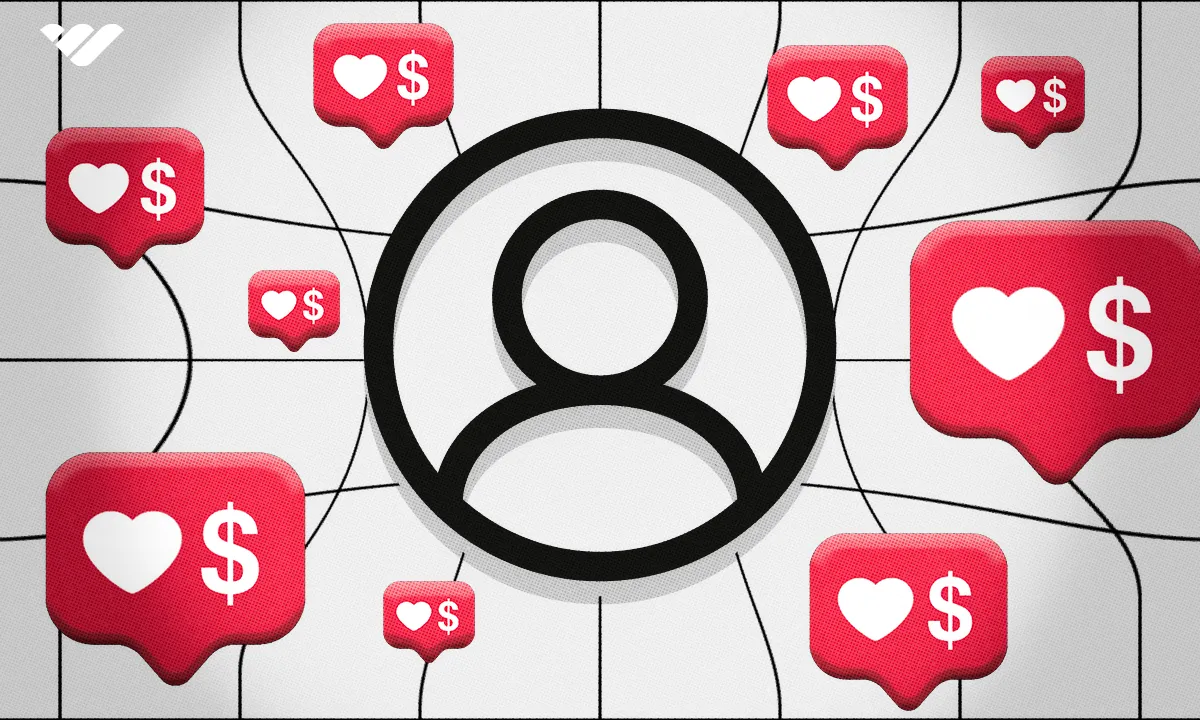Discover how influencers make money through social media monetization and the rise of the creator economy. Learn about the different niches, earnings, and factors that affect influencers' income.
Key takeaways
- The global influencer marketing market has tripled since 2019, reaching $24 billion in 2024.
- Mid-tier influencers typically earn between $5,000 and $30,000 per month from their content.
- Mega-influencers can earn $10,000 or more per single post on high-engagement platforms.
- Engagement rate often outweighs follower count when brands evaluate influencer partnerships.
- Diversifying revenue streams through products, subscriptions, and communities ensures sustainable income.
The global influencer marketing market value has tripled since 2019, reaching a record $24 billion in 2024. While the average mid-tier influencer typically earns between $5,000 and $30,000 per month, mega-influencers with upwards of a million followers can easily make $10,000 (or more) per post. Their earnings can reach into the hundreds of thousands for a single campaign, especially on platforms that have a high engagement rate like Instagram and YouTube.
What’s in it for brands? It makes perfect business sense. Influencer partnerships offer brands targeted reach and higher engagement at lower costs than traditional advertising. By leveraging influencers' credibility to drive conversions, generate user-generated content, and increase brand awareness, brands get a better return on marketing investment than conventional channels.
In this article, we’ll explore the influencer landscape and the monetization opportunities you can tap into.
The rise of the creator economy
Influencer marketing started being taken seriously during the 2010s. At first, people who got popular on sites like YouTube and Instagram were just seen as hobbyists. But things changed as they started making money from their online fame. Big brands like Coca-Cola, Nike, and American Express quickly jumped on the influencer bandwagon.
Rather than scripted ads, Nike encouraged influencers to share their genuine experiences with Nike products, often through behind-the-scenes content of their training or daily lives. With branded hashtags like #makeitcount, which influencers would use in their posts, Nike created a cohesive campaign across multiple accounts.
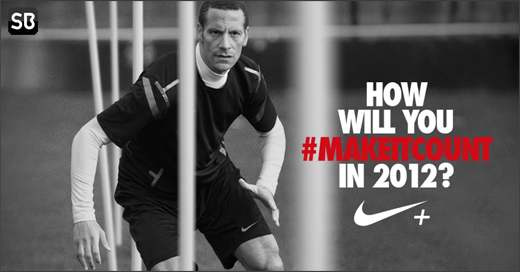
Many early influencer partnerships were more experimental and less formalized than today's influencer marketing campaigns. Unlike today's creator economy, they lacked the structured contracts, performance metrics, and strategic planning common in today's campaigns.
Nowadays, through platforms like Whop, YouTube, Instagram, and others, creators can build audiences, sell products, and earn income from their content. As a result of this democratization of media production and distribution, new avenues for self-employment have emerged that have helped people turn hobbies into lucrative careers and reach global markets.
How much do influencers make?
Social media influencers’ earnings vary widely based on factors like niche, audience size, engagement rate, and the platforms they use.
The fashion industry has long been at the forefront of influencer marketing, with many high-paying partnerships and sponsorships. As sectors like Finance and Cryptocurrency grow, they're increasingly turning to influencers to reach younger audiences and offer significant potential to earn.
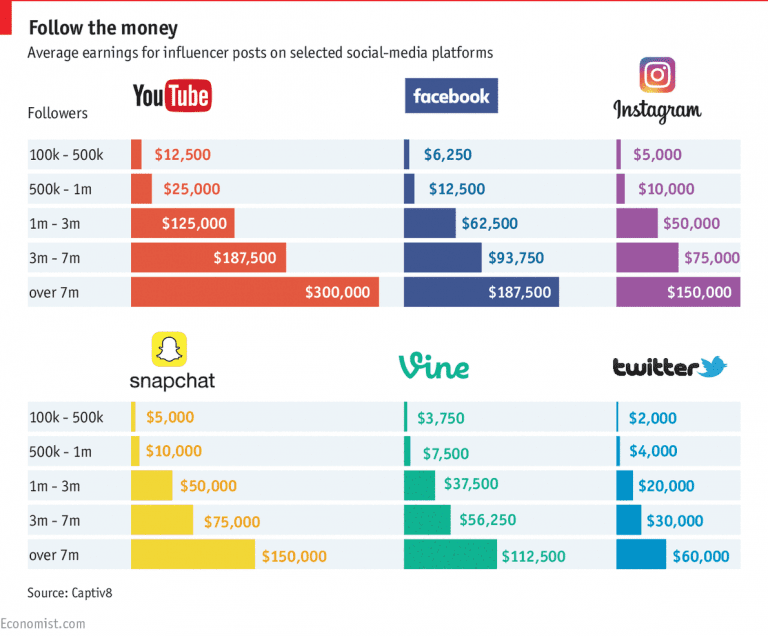
Here’s a look at how influencers are paid across some popular niches.
Sustainable living and eco-friendly products
- Micro-influencers (10k-50k followers): $100-$500 per post
- Mid-tier influencers (50k-500k followers): $500-$5,000 per post
- Macro-influencers (500k-1M followers): $5,000-$10,000 per post
Bea Johnson (Zero Waste Home) is widely considered a pioneer of the zero-waste movement and is a leading influencer in the sustainability category. She began her zero-waste lifestyle in 2008—this was relatively early in the modern environmental movement, and being an early adopter is one of the reasons for her success.
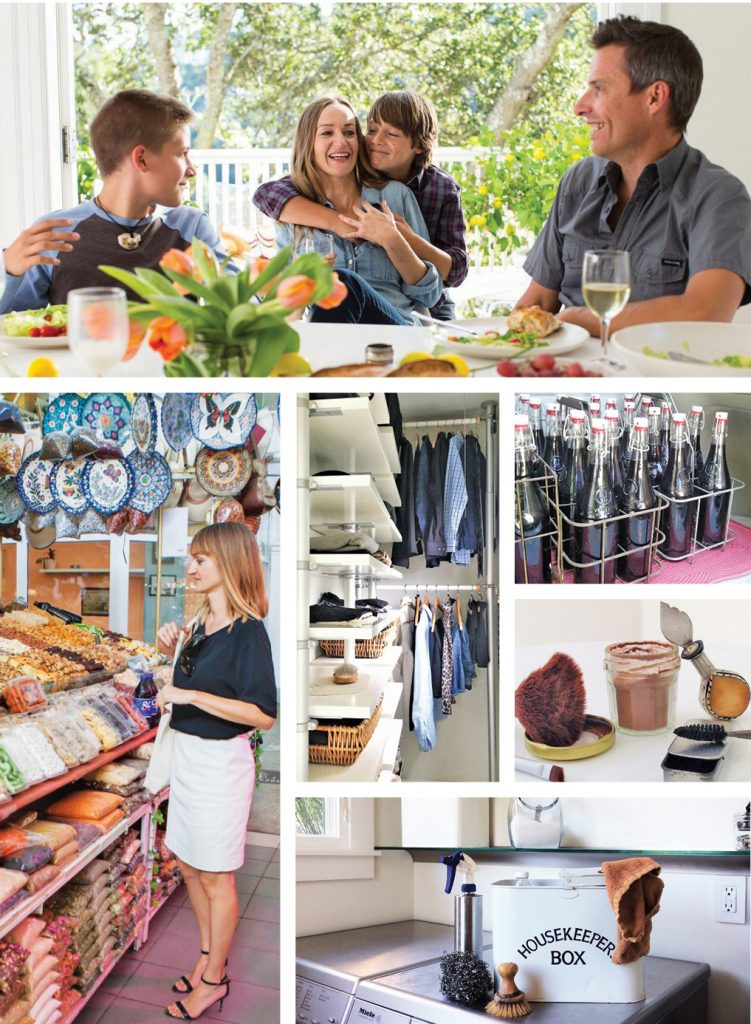
Fashion and beauty
- Micro-influencers: $100-$1,000 per post
- Mid-tier influencers: $1,000-$10,000 per post
- Macro-influencers: $10,000-$50,000 per post
Olivia Culpo (The Budget Babe), Manny MUA (beauty vlogger), and Jeffree Star (cosmetics brand owner) are some popular fashion and beauty influencers. Manny MUA and Jeffree Star have been prominent figures in promoting inclusivity in the beauty industry, particularly for male representation.
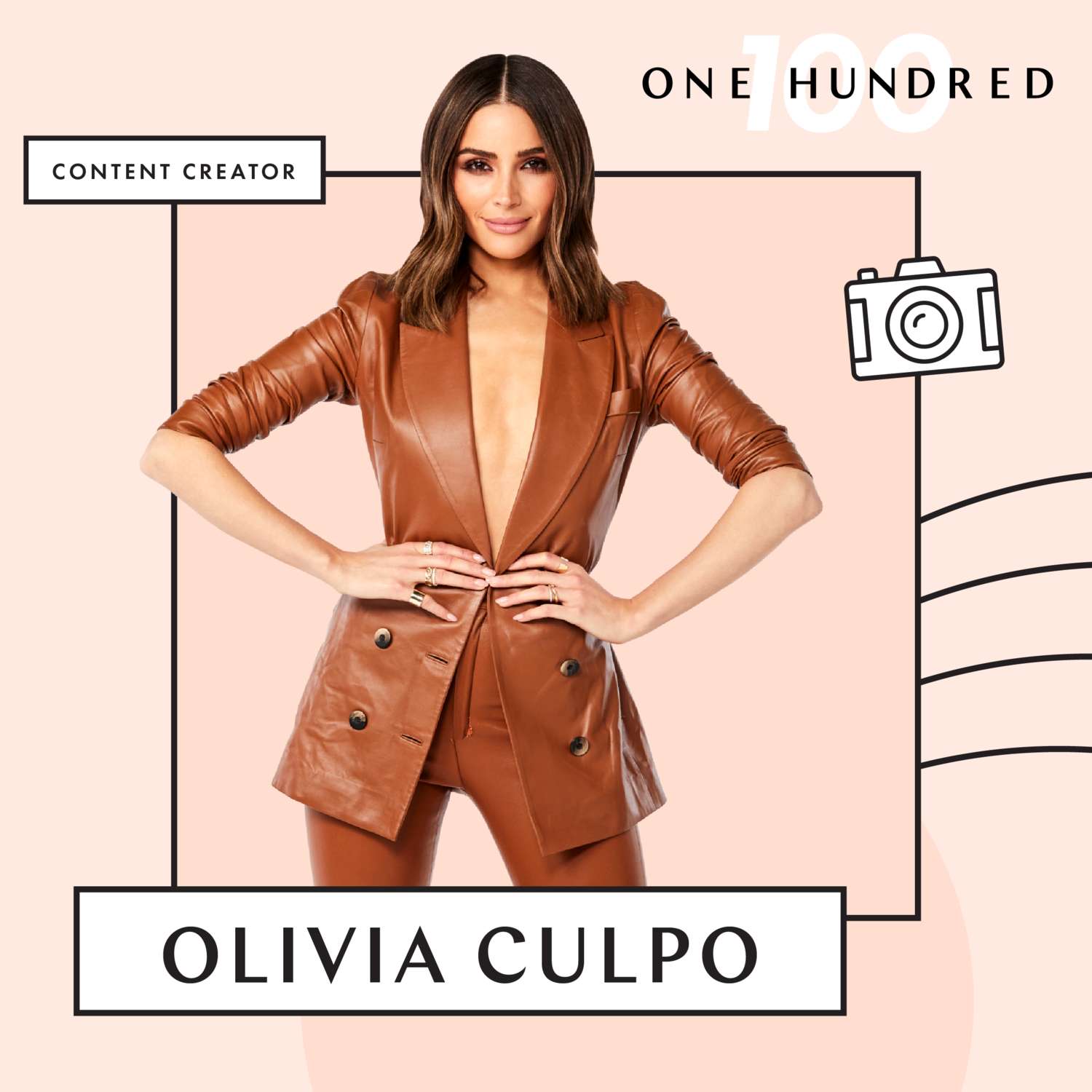
Food
- Micro-influencers: $100-$500 per post
- Mid-tier influencers: $500-$5,000 per post
- Macro-influencers: $5,000-$25,000 per post
Andrew Rea (Binging with Babish), Ree Drummond (The Pioneer Woman), and Sahil Makhija (Headbanger’s Kitchen) are standout food influencers. Makhija, also a death metal musician, has a distinctive approach, combining heavy metal music with keto cooking, making his channel unique and memorable.
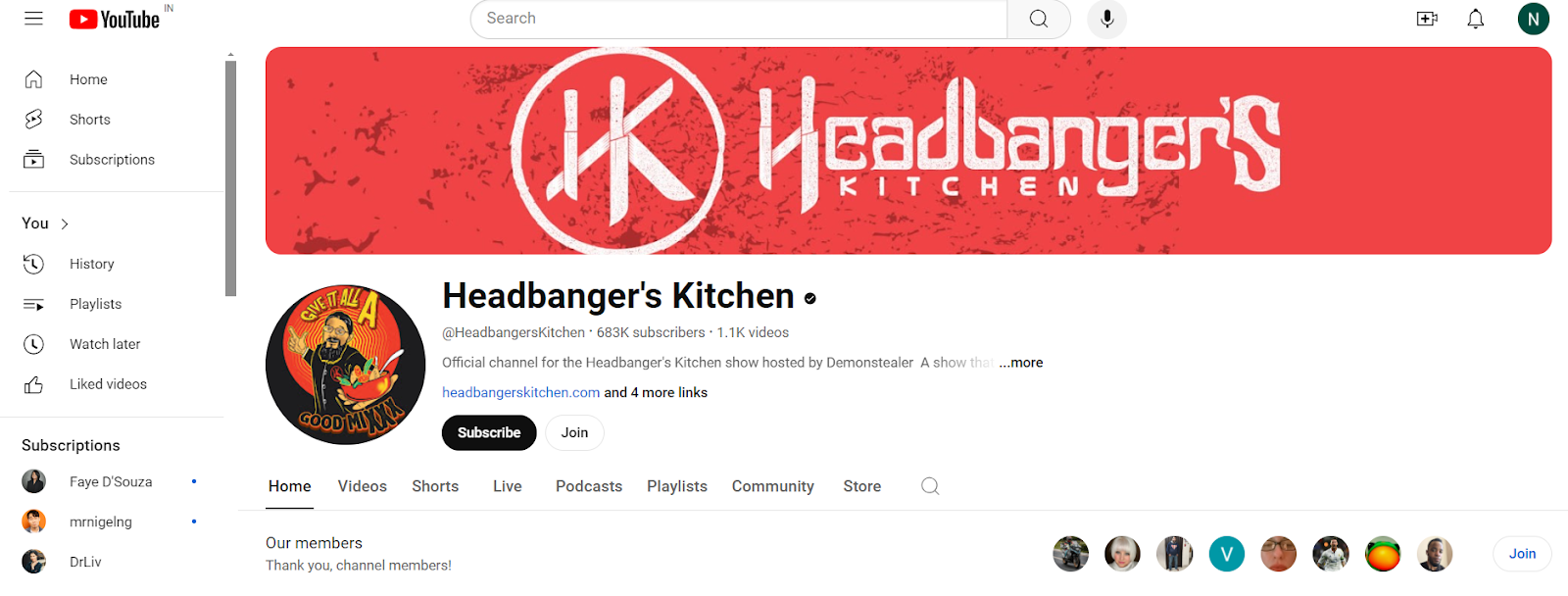
Tech
- Micro-influencers: $150-$750 per post
- Mid-tier influencers: $750-$7,500 per post
- Macro-influencers: $7,500-$50,000 per post
Marques Brownlee (MKBHD) is a popular name among tech influencers. He has a talent for explaining complex technical concepts in an easy-to-understand manner, making his content accessible to both tech enthusiasts and casual consumers.
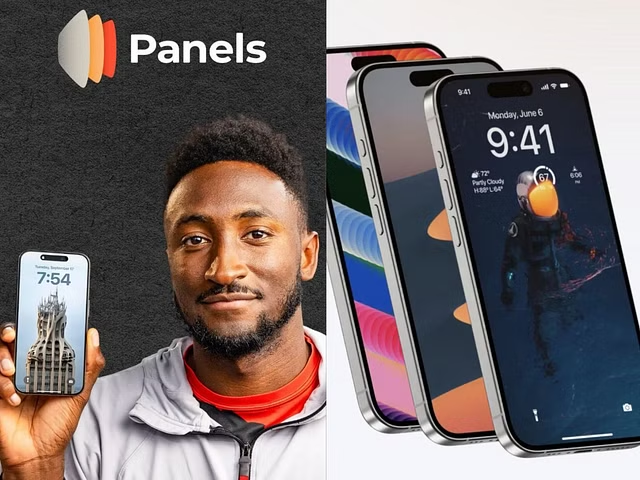
What affects influencers' earnings?
Influencers' earnings are affected by various direct and indirect forces. Apart from follower count, engagement rates, content quality, and brand partnerships, indirect factors like shifting consumer behaviors and increased competition from other influencers can also determine an influencer’s earnings.
Follower counts
Follower count is often the first metric brands consider when evaluating influencers. It offers a quick gauge of an influencer's potential reach. Generally, influencers with more significant followings can command higher rates for sponsored content.
However, the relationship isn't always linear. An influencer with a smaller following but a strong alignment with a brand's values might be more valuable than one with more followers but less relevance. Regardless of follower count, rates vary across platforms (e.g. Instagram vs TikTok).
- Best TikTok Courses to Help You Grow, Go Viral, and Make Money
- How to Grow Your Business on Instagram
Influencer’s involvement
An influencer's involvement in creating and promoting content significantly impacts their earning potential. This includes:
- Content quality: Influencers who consistently produce high-quality, creative content are more valuable to brands.
- Posting frequency: Regular, consistent posting helps maintain audience engagement. Aim for 3-4 posts per week on Instagram, daily tweets, one longer YouTube video per week, and 2-3 shorter videos.
- Brand integration: The ability to seamlessly incorporate sponsored content into their feed without disrupting their overall aesthetic or voice. Gen Z values authenticity and relatability; they prefer sponsored content that aligns with a creator's genuine style rather than obvious advertisements.
- Professionalism: Influencers who are reliable, meet deadlines, and are easy to work with often secure more lucrative, long-term partnerships.
Engagement rate
Engagement rate has become increasingly important, even outweighing raw follower counts in many cases. This metric measures how much an influencer's audience interacts with their content through likes, comments, shares, and saves. A high engagement rate indicates:
- An active, loyal follower base
- Content that resonates with the audience
- Potential for better conversion rates for brands
Influencers with high engagement rates can often charge premium prices, as their audience is likelier to take action on sponsored content. Brands are willing to pay more for this increased likelihood of return on investment.
Geographical location
An influencer's location can impact their earnings in several ways:
- Market size: Influencers in larger markets (e.g. New York, Los Angeles) often have access to more opportunities and can charge higher rates.
- Relevance to brands: Location can make an influencer more appealing to certain brands. For example, a fashion influencer in Paris might be particularly attractive to luxury fashion brands.
- Local competition: The number of influencers in an area can affect rates. In oversaturated markets, rates might be lower due to competition.
Common ways to make money as an influencer
So, you’ve embraced the influencer life. Now what? How do you achieve financial stability and long-term success? The answer: Diversifying your revenue streams. Relying on a single platform or income source leaves you vulnerable to algorithm changes, market shifts, or sudden loss of sponsorships. For a more resilient and sustainable career, explore multiple monetization avenues like merchandise, courses, affiliate marketing, and consulting. Let’s take a closer look at some of the popular and creative monetization avenues for influencers.
Physical products
As an influencer, you can leverage your personal brand and audience connection to create and sell merchandise (or digital products) that resonate with your followers. Clothing lines, beauty products, accessories, or lifestyle items that align with your niche are all good ideas. These products offer tangible value to fans while generating revenue through direct sales and partnerships with manufacturers or retailers. Additionally, it offers a more diversified and sustainable income source than solely relying on sponsored content or ad revenue. It’s also a strategy that deepens engagement, allowing followers to literally "buy into" your lifestyle and brand.
Paid subscriptions
Once you’ve established yourself as a content creator and have an active and engaged subscription base, paid subscriptions are the way to go. They help you monetize from your most dedicated followers via exclusive content, early access, or special perks. Platforms like Patreon, Whop, OnlyFans, and Substack enable creators to set up subscription tiers, catering to different levels of fan commitment. Joe Rogan, popular US-based podcaster and influencer says “The reality is, if you want to build a big media company in 2023, it's got to be based on subscriptions. You've got to get over it and understand that's the way it is. There's no other way."
Private communities
Social media influencers are increasingly monetizing their followers through private communities. These exclusive groups, often hosted on platforms like Patreon or Discord, offer premium content and direct access to the influencer. They are a great way to understand who your core fans are and give them the content they are most interested in. You can even create your own private community with your whop - you simply add the Chat app for conversations, Video Call app for videos, and Forums app for Q and A.
Members pay recurring subscription fees to join—this creates a steady income stream. You can provide personalized advice, behind-the-scenes content, early access to products, and exclusive merchandise within these communities.
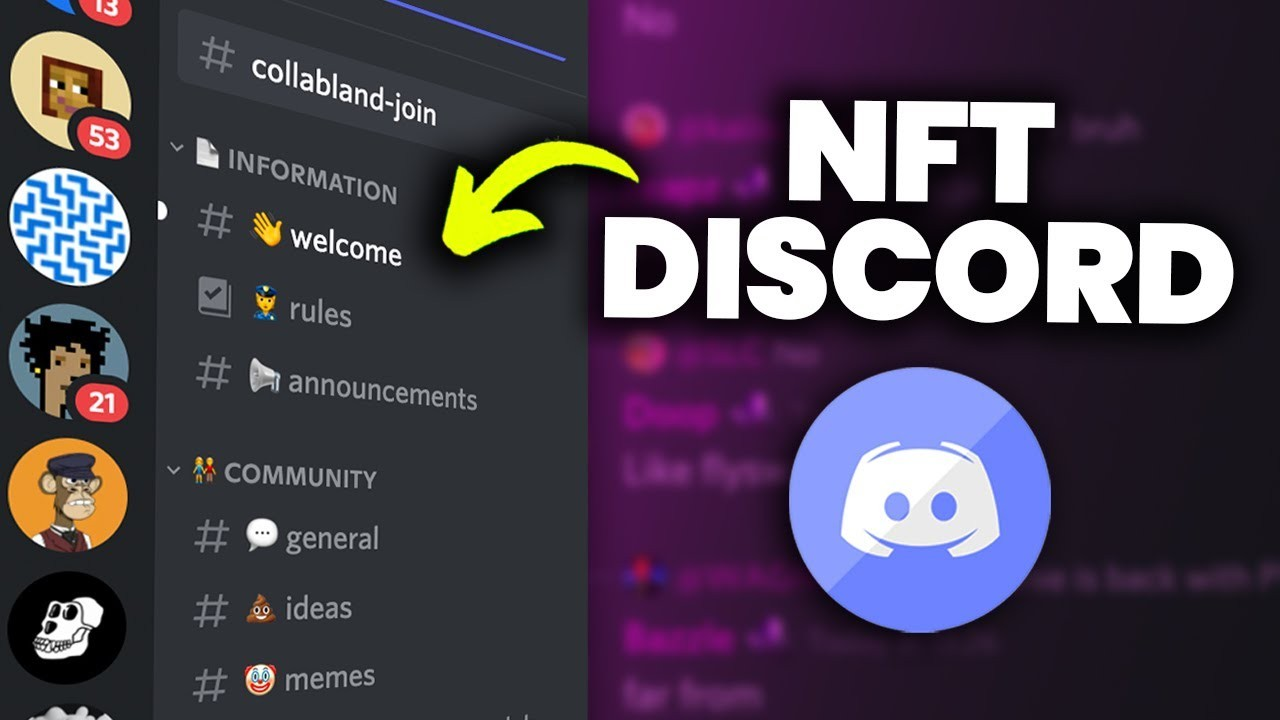
You might even want to explore tiered memberships with escalating benefits: the model allows you to cultivate a more engaged audience. It also reduces reliance on traditional sponsorships or ad revenue.
Digital products
As an influencer, you can leverage your online presence to create and sell digital products, like ebooks, online courses, or exclusive content. Ensure your offering is aligned with your niche and followers' interests.
Whop is one avenue for hosting and selling these products. Some influencers create membership sites, offering premium content for a recurring fee. Others design digital templates, presets, or tools their audience can use.
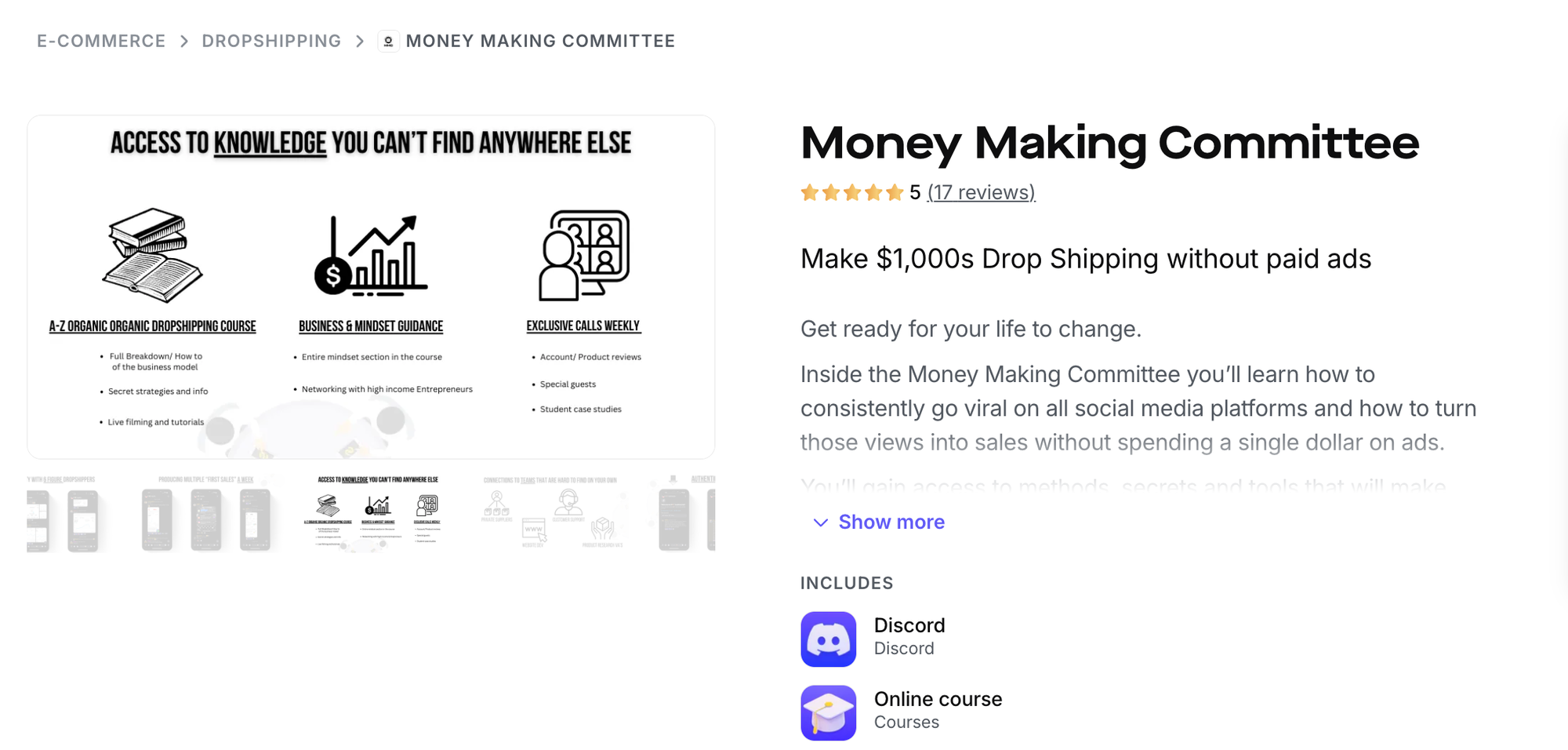
As entrepreneur Gary Vaynerchuk emphasizes, "Digital products are the ultimate way to provide value at scale. They allow you to package your expertise and deliver it to thousands, even millions, without sacrificing quality or personal touch."
Newsletters
Newsletters are a direct channel to reach your audience without relying on fickle social media algorithms. Entice followers to subscribe to your newsletter by offering exclusive content, insider tips, or early access to products. You can charge for premium tiers, incorporate sponsored content, or use them to promote your own products and services.
Newsletters help influencers build a loyal community, leading to higher engagement and more monetization opportunities. Most importantly, owning a subscriber list gives you control over your audience relationships and ensures a stable revenue stream.
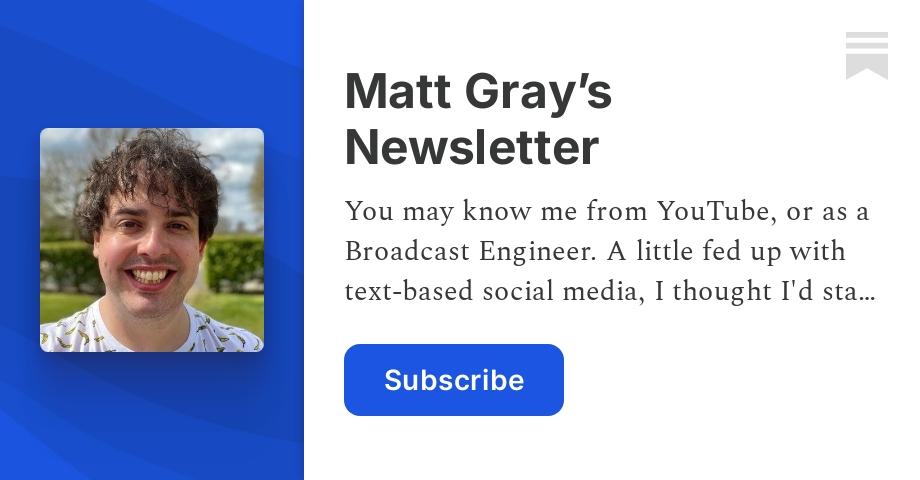
Brand ambassadors
Brands choose influencers as ambassadors for their authenticity, targeted reach, and high engagement. Influencers create relatable content, drive trends, and provide social proof, which is more cost-effective than traditional celebrity endorsements. Influencers create authentic content showcasing the brand, often through sponsored posts, product reviews, or exclusive discount codes. They negotiate long-term contracts, ensuring steady income streams. A brand ambassadorship allows you to align with companies that match your values and your audience's interests. For example, Italian fashion blogger Chiara Ferragni became a global ambassador for Pantene. She collaborated on product launches, appeared in ad campaigns, and shared hair care tips with her millions of followers, significantly boosting Pantene's visibility and sales.
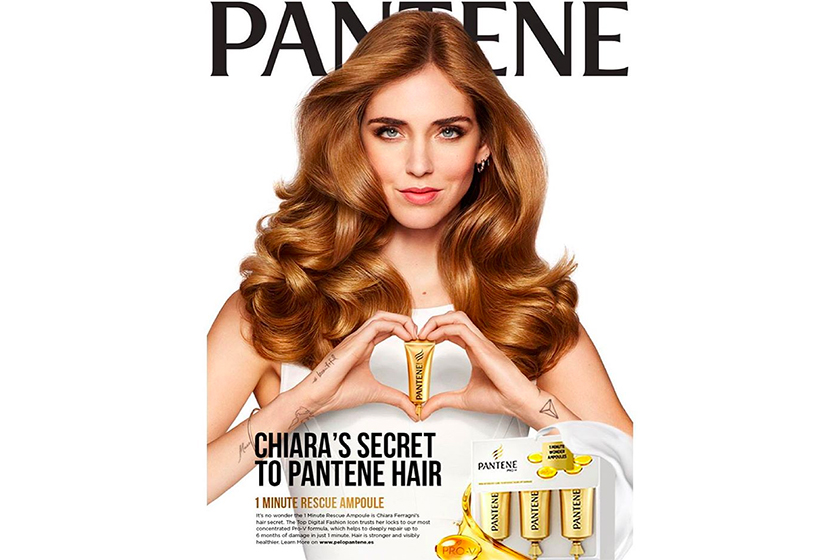
Branded merchandise
Branded merchandise featuring your logo or catchphrase is a great way to monetize from influencing. You can create clothing, accessories, or specialty items. For example, Headbanger Eats has created a line of foodie-themed t-shirts with his popular catchphrase “Just Look At That Cross Section.” TikTok's integration with Teespring enables direct selling to followers. TikTok influencers successfully selling merch include Charli D'Amelio (apparel), Addison Rae (cosmetics), and Khaby Lame (figurines).
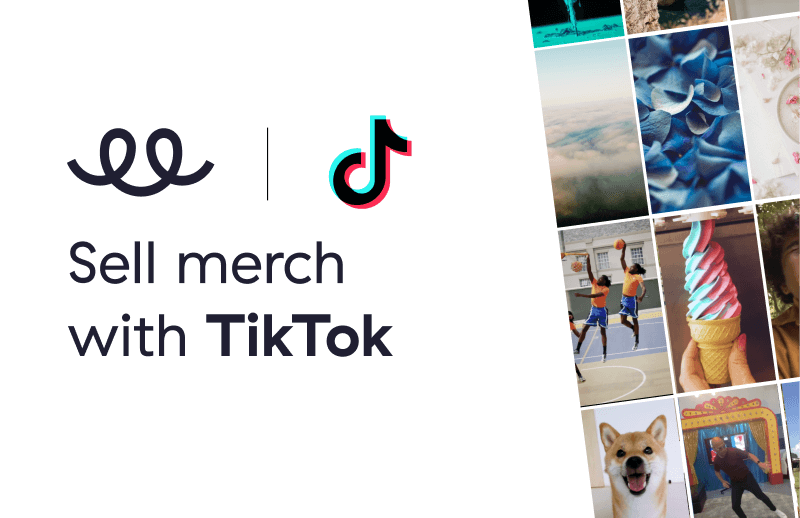
The key to success with branded merchandise is to create products that resonate with your audience and align with your personal brand.
The Whop Merch app makes it easy to sell both digital and physical products straight to your audience—no inventory, long approval processes, or restrictive selling limits required.
Donations and tips
Micro-influencers with highly engaged niche audiences often benefit most from donations, as their followers feel a stronger personal connection. To earn money through donations, set up the Tips app on Whop or establish a page on Patreon or Ko-fi, where fans can support your work directly. Creators who produce educational content, podcasts, or in-depth analysis often have success with this model.
Crowdfunding
Social media influencers who leverage crowdfunding platforms create campaigns for specific projects, merchandise lines, or personal causes. Fans contribute money to support these initiatives, often receiving perks in return. Influencers promote their campaigns across social channels to encourage donations. Gaming streamers and artists frequently use crowdfunding to finance new content or products such as upgrading their streaming setup or developing a video game. Lifestyle influencers could crowdfund a sustainable fashion line or a cookbook featuring their popular recipes. Artists and musicians might fund an album production and release or an art exhibition.
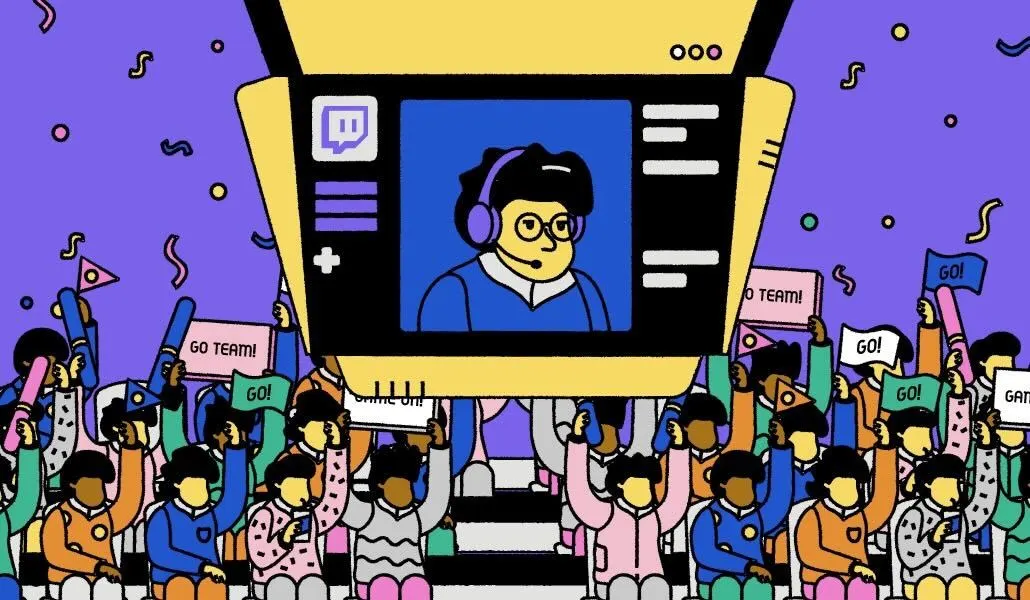
Sponsored content or brand deals
Social media influencers partner with companies to promote products or services to their followers. This typically involves creating posts, stories, or videos featuring the brand, and rates vary based on the influencer's reach and engagement.
Compensation can be monetary, free products, or via affiliate links where the influencer earns a commission on sales. For instance, every product on Whop Marketplace has a unique affiliate reward for referring new customers. To earn an affiliate reward, simply copy and share your affiliate link with your audience. When a new customer purchases a product or a creator makes their first sale, you'll receive a cash reward.
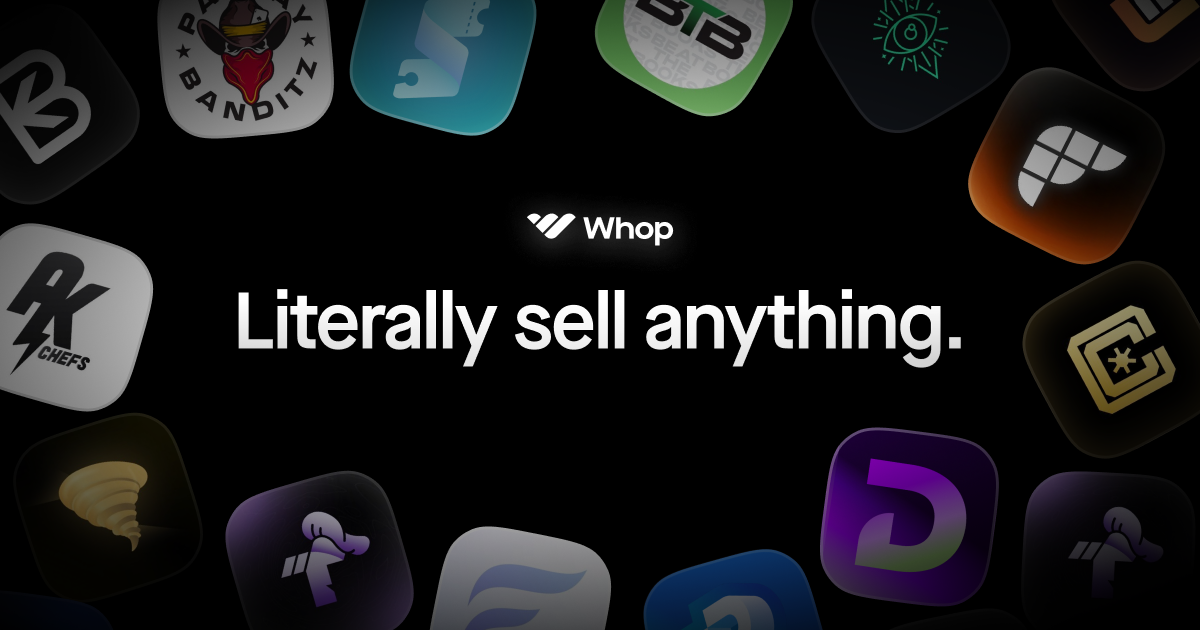
How influencers make money with brand partnerships: Brand x influencer collabs
Brands are increasingly turning to social media influencers as powerful marketing partners for several compelling reasons: niche expertise, trust building, trendsetting, and more.
Influencers primarily earn money through brand partnerships by leveraging their social media following and engagement. Influencers may create sponsored content, such as posts, stories, or videos, featuring the brand's offerings. They receive compensation in the form of flat fees, per-post payments, or performance-based incentives like affiliate links or discount codes for their audience.
Next, let's explore some examples of successful brand-influencer collaborations.
Ninja x Wicked Cool Toys
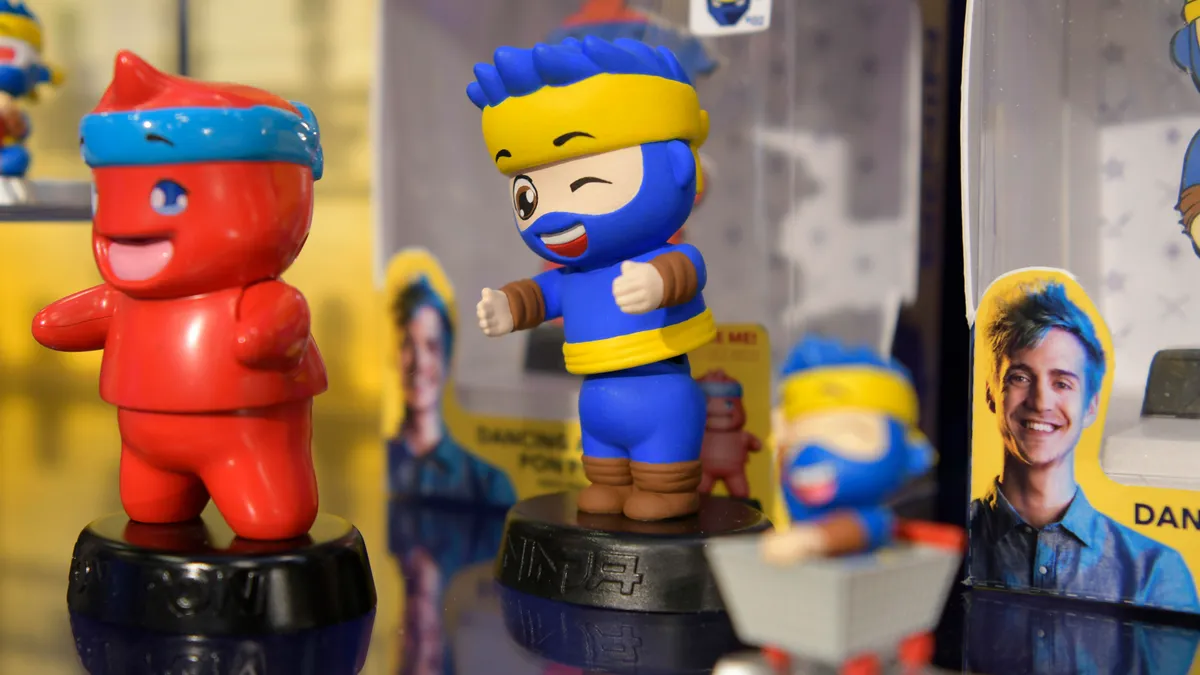
Ninja, the popular Twitch streamer and gaming icon, partnered with Wicked Cool Toys to create a line of gaming-themed products. This collaboration leverages Ninja's massive online following and Wicked Cool Toys' expertise in toy manufacturing. The product range includes action figures, playsets, and accessories inspired by Ninja's signature style and gaming persona. This partnership aims to bring the excitement of gaming and streaming culture into the physical toy space, allowing fans to engage with Ninja's brand beyond the digital realm.
HelloFresh x Lindsay Ostrom (Pinch of Yum)
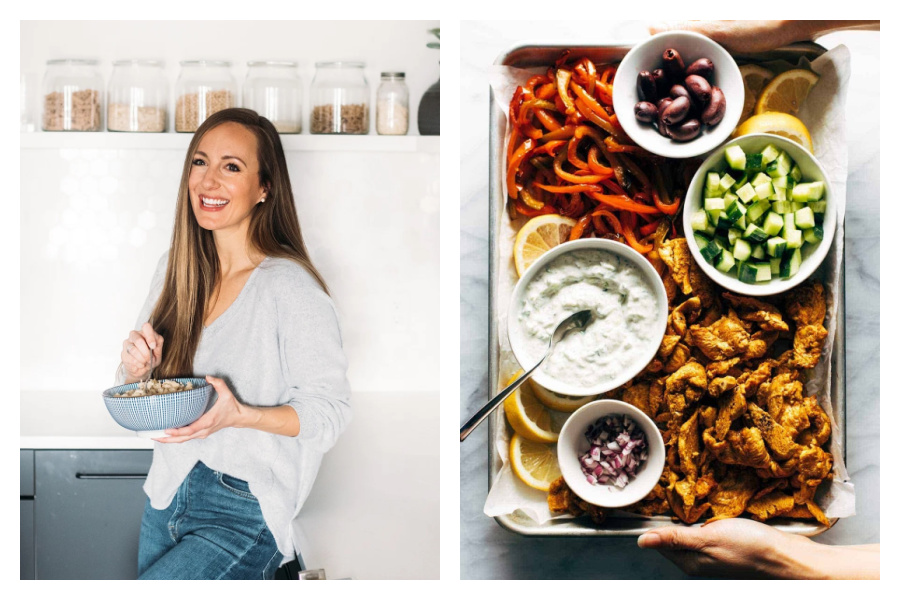
HelloFresh, the meal kit delivery service, partnered with food blogger Lindsay Ostrom of Pinch of Yum to create exclusive recipes and promote their meal kits. Ostrom, known for her approachable and delicious recipes, designed custom meals for HelloFresh subscribers. She shared her experience cooking HelloFresh meals on her blog and social media platforms, showcasing the convenience and quality of the service.
This collaboration leveraged Ostrom's influence in the food blogging community to reach health-conscious home cooks and busy families. The partnership aimed to boost HelloFresh's credibility and attract new customers through authentic content creation and testimonials.
Audible x Jesse The Reader (Jesse George)

Audible, the leading audiobook platform, partnered with popular BookTube influencer Jesse George, aka Jesse The Reader, to promote audiobook consumption among young adults. With his engaging personality and large social media following, Jesse created content showcasing Audible's vast library and user-friendly interface. He shared personal audiobook recommendations and listening experiences, highlighting how Audible fits into his busy lifestyle.
The partnership effectively merged Jesse's authentic book-loving persona with Audible's brand, reaching a wider audience of potential audiobook listeners and strengthening Audible's position in the digital reading space.
Airbnb x The Blonde Abroad
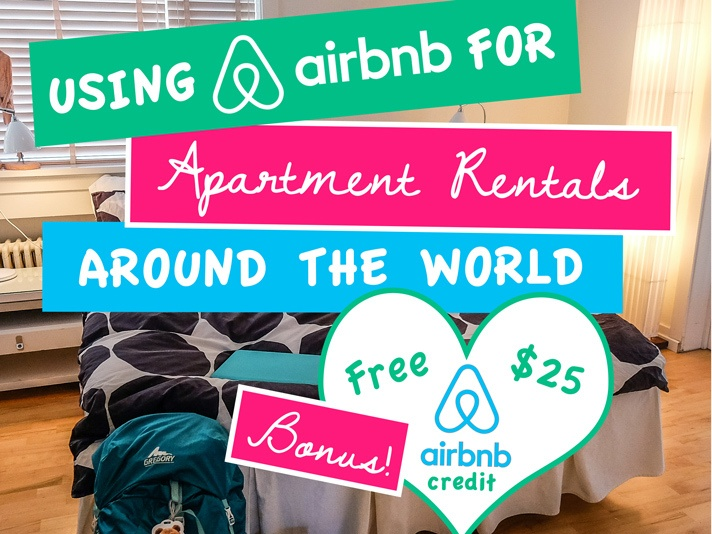
Airbnb and @Theblondeabroad (Kiersten Rich) have collaborated to showcase unique travel experiences. As a popular travel influencer, Rich has leveraged her large social media following to promote Airbnb's diverse accommodation options and local experiences. This partnership likely involves Rich staying at various Airbnb properties and sharing her experiences through engaging content on platforms like Instagram and her blog.
The collaboration benefits Airbnb by tapping into Rich's audience of travel enthusiasts, while Rich gains access to exclusive properties and experiences to share with her followers. It’s one example of the growing trend of brands partnering with travel influencers to reach potential customers authentically.
Glossier x @KatieJaneHughes
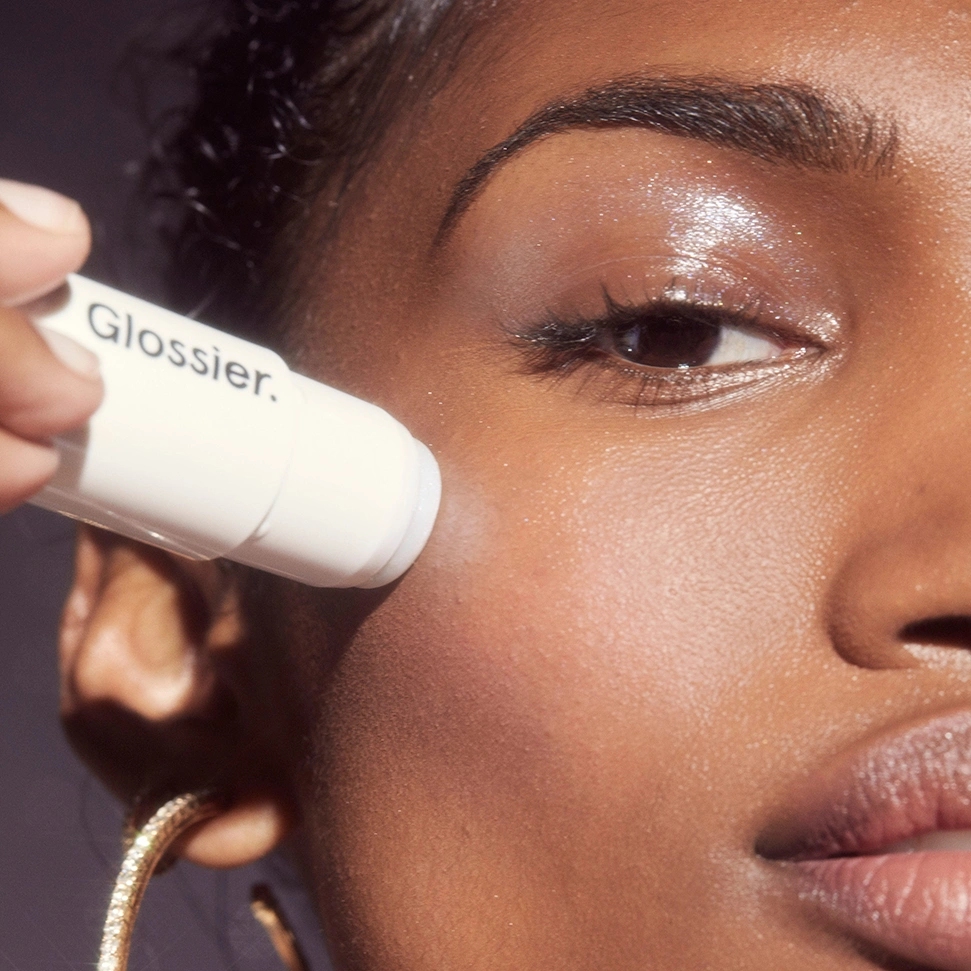
Glossier, the millennial-focused beauty brand known for its minimalist aesthetic, partnered with renowned makeup artist Katie Jane Hughes in a savvy influencer collaboration. Hughes, with her substantial Instagram following and reputation for fresh, glowing makeup looks, aligns perfectly with Glossier's ethos.
The partnership likely involved product promotions, tutorials, and possibly limited-edition items. This collaboration leveraged Hughes' expertise and influence to enhance Glossier's credibility and reach while providing Hughes with increased visibility and association with a trendy brand.
Making money as a social media influencer with Whop
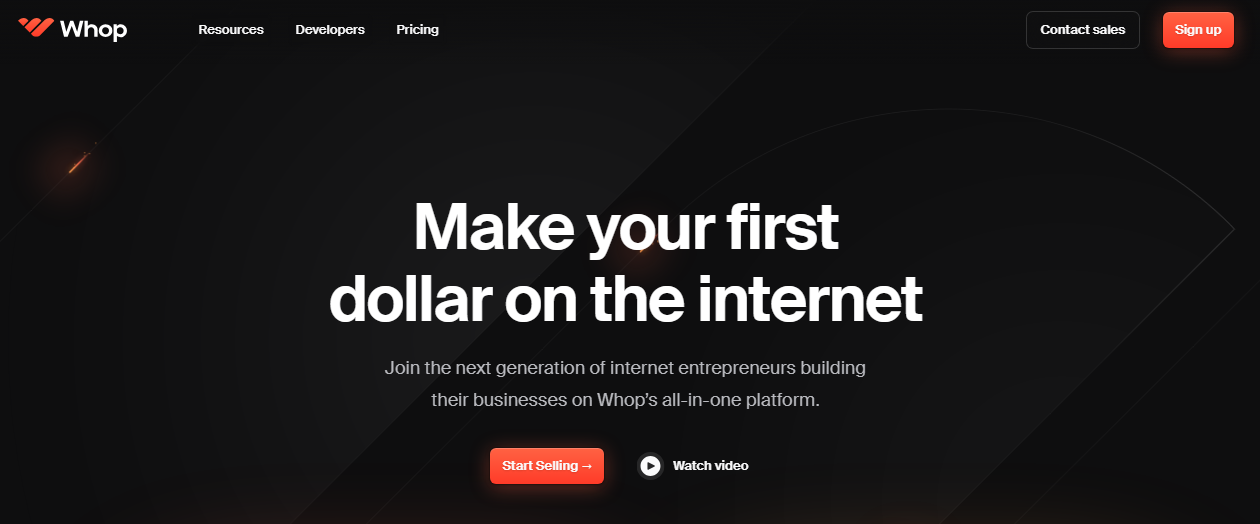
Social media influencing has become a lucrative career path for many, with top influencers earning millions annually through brand partnerships, sponsored content, and merchandise sales.
The influencer market has become increasingly saturated and competitive, with millions vying for attention across various platforms. While opportunities still exist, new influencers face significant challenges in establishing a loyal following and monetizing their presence effectively. To succeed, you need a professional approach: be consistent, test and iterate your monetization methods, and treat influencing as serious business.
While the bulk of an influencer's income typically comes through popular social media platforms like TikTok and Instagram, these platforms often have many criteria in order to qualify for this monetization. This begs the question, how can you ensure regular earnings? Industry expert Jane Smith notes, "The key to success as an influencer in 2024 is diversification. Don't rely solely on one platform or income stream."
This is where other platforms like Whop come in. On Whop, you can create an entire community around your influencer niche, offering private forums, relevant digital products, and 1-on-1 video calls. You can funnel your audience to your whop simply by plugging your whop link into your bio. Even if you don't yet have a following, you can sign up with Whop for free and start your monetization journey.
FAQs
We’ve answered the most commonly asked questions about making money as an influencer on social media. Take a look.
How do influencers make money on Instagram?
Influencers on Instagram make money through sponsored content, affiliate marketing, selling their own products or services, IGTV ads, and making appearances. They partner with brands to promote products to their followers, leverage their following for affiliate commissions, or monetize their expertise and content directly through sales and content views.
Do influencers get paid by Instagram?
Influencers generally do not get paid directly by Instagram for posting content. Instead, they often earn money through sponsored content, brand partnerships, and affiliate marketing deals with businesses that pay them to promote products or services to their followers.
How do influencers make money on YouTube?
Influencers on YouTube primarily earn money through ads via the YouTube Partner Program, sponsorships with brands, selling merchandise, affiliate marketing, and fan funding through platforms like Patreon. Influencers with a more significant subscriber base may also generate revenue by creating exclusive content for paid subscribers through YouTube's channel memberships.
How do influencers make money on TikTok?
Influencers make money on TikTok through brand partnerships, sponsored content, TikTok’s Creator Fund, live stream gifts from followers, merchandise sales, and affiliate marketing. These revenue streams let Tiktokers monetize their follower base and content creation efforts by promoting products, engaging with brands, and directly receiving support from their audience.
How do influencers get started?
Influencers typically start by picking a niche. The next step is to consistently create and share engaging content on social media platforms, engage with the audience, and grow their following. As they gain popularity, they can monetize their influence through brand partnerships, sponsored content, affiliate marketing, and merchandise.

